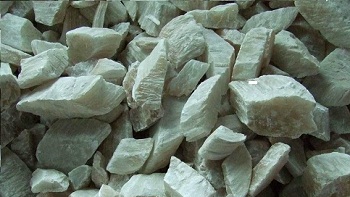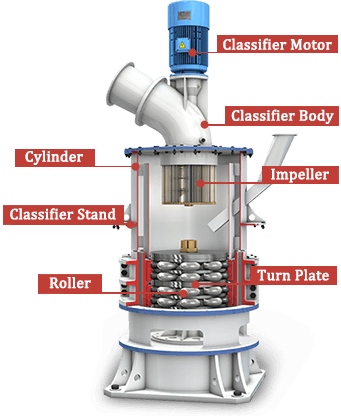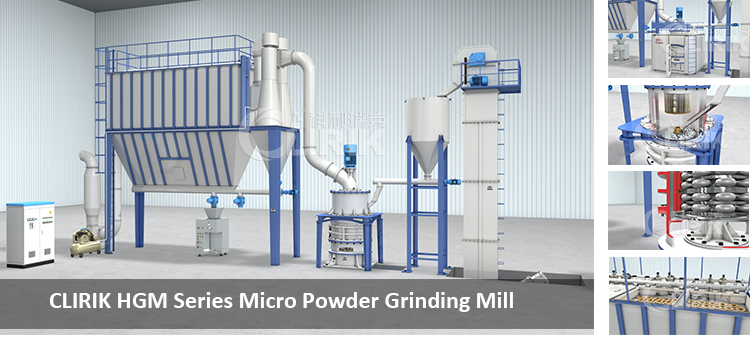For product information and pricing, Chat with sales agent:
or email us : sales@clirik.com
Click links below to see related products.


Gypsum is a soft sulfate mineral composed of calcium sulfate dihydrate, with the chemical formula CaSO4·2H2O.It is widely mined and is used as a fertilizer and as the main constituent in many forms of plaster, drywall and blackboard or sidewalk chalk. Alabaster, a fine-grained white or lightly tinted variety of gypsum, has been used for sculpture by many cultures including Ancient Egypt, Mesopotamia, Ancient Rome, the Byzantine Empire, and the Nottingham alabasters of Medieval England. Gypsum also crystallizes as translucent crystals of selenite. It forms as an evaporite mineral and as a hydration product of anhydrite.
The Mohs scale of mineral hardness defines gypsum as hardness value 2 based on scratch hardness comparison.
Gypsum is a common mineral found in thick, extensive evaporite layers associated with sedimentary rocks. Gypsum is deposited from lake water, sea water, hot springs, volcanic steam and sulfate solutions in veins. Hydrothermal anhydrite in veins is often hydrated by groundwater to form gypsum when exposed near the surface. It is usually associated with the minerals halite and sulfur. Gypsum is the most common sulfate mineral. Pure gypsum is white, but other substances found as impurities may give local sediments a wide variety of colors.
The world's largest gypsum producer is the United States. In the United States, gypsum deposits are distributed in 22 states, with a total of 69 mines. The largest production area is Fort Dodge, Iowa; followed by Canada; France leads the European gypsum production; and again Germany, the United Kingdom, and Spain. China is rich in gypsum mineral resources. Gypsum minerals are produced in 23 provinces (regions) across the country. There are 169 mining areas with proven reserves, and the total reserves of ore are 57.6 billion tons. In terms of regional distribution, Shandong has the largest number of gypsum mines, accounting for 65% of the country's reserves; Inner Mongolia, Qinghai, and Hunan follow. The main gypsum mining areas include Dige Town in Zaozhuang, Shandong, Etuoke Banner in Inner Mongolia, Yingcheng City in Hubei Province, Hunjiang in Jilin, Nanjing in Jiangsu, Dawenkou in Shandong, Qinzhou in Guangxi, Taiyuan in Shanxi, and Zhongwei Gypsum Mine in Ningxia, etc.
China's gypsum resources are mainly ordinary gypsum and anhydrite, of which anhydrite accounts for more than 60% of the total. Special-grade and first-grade gypsum, which are high-quality resources, only account for 8% of the total. Among them, fiber gypsum only accounts for 1.8% of the total. . Therefore, while we are a country with large gypsum reserves, we are also a poor country with high-quality gypsum reserves. High-quality gypsum resources are mainly distributed in Yingcheng and Jingmen of Hubei, Hengshan of Hunan, Sanshui of Guangdong, Zaozhuang of Shandong, and Pinglu of Shanxi. Some mine sites have been over-exploited and are close to exhaustion, and some are mixed with low-grade gypsum and are difficult to separate, resulting in high-quality resources. waste. Therefore, the proportion of high-quality gypsum resources that China can actually mine and effectively utilize is smaller.

Gypsum is the main raw material for the production of gypsum cementitious materials and gypsum building products, and is also the retarder of Portland cement. After gypsum is calcined at 600-800°C, a small amount of lime and other catalysts are added and ground together to obtain anhydrite cement (also called King's cement); after gypsum is calcined and ground at 900-1000°C, high-temperature calcined gypsum can be obtained . Products made from these two types of gypsum are stronger than building gypsum products, and the anhydrite cement has better heat insulation, and high-temperature calcined gypsum has better wear resistance and water resistance.
Gypsum board
Gypsum board is primarily used as a facing for walls and ceilings and is known in construction as drywall, "gypsum board" or drywall. Gypsum provides these materials with a degree of fire resistance, and fiberglass is added to its composition to enhance this effect. Gypsum has very little thermal conductivity and therefore has some insulating properties.
Processing machines suitable for gypsum
HGM Ultrafine Grinding Mill

Basic technical parameters
Fineness:300-3000mesh
Yield:0.5t-45t/h
Feeding Granularity:≤20mm
Equipment process highlights
Energy saving and environmental protection
1. Negative pressure working system, the entire equipment is sealed;
2. Gas transportation process, the finished products directly enter the large finished product warehouse
3. Avoid dust spillage and ensure a clean production environment.
Finished product quality is stable
1. The material stays in the mill for a short time, reducing repeated grinding.
2. Ensure the particle size and chemical composition of the finished product to bring more stable product quality.
